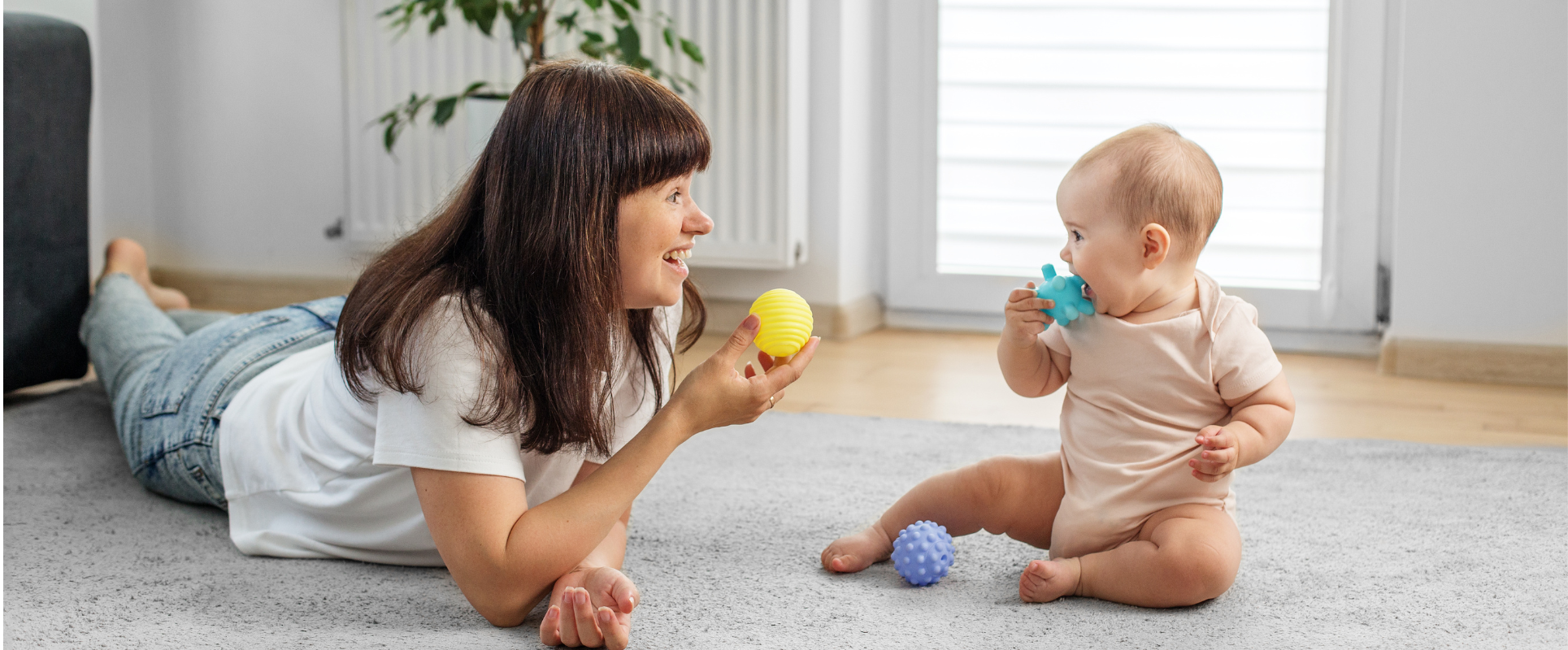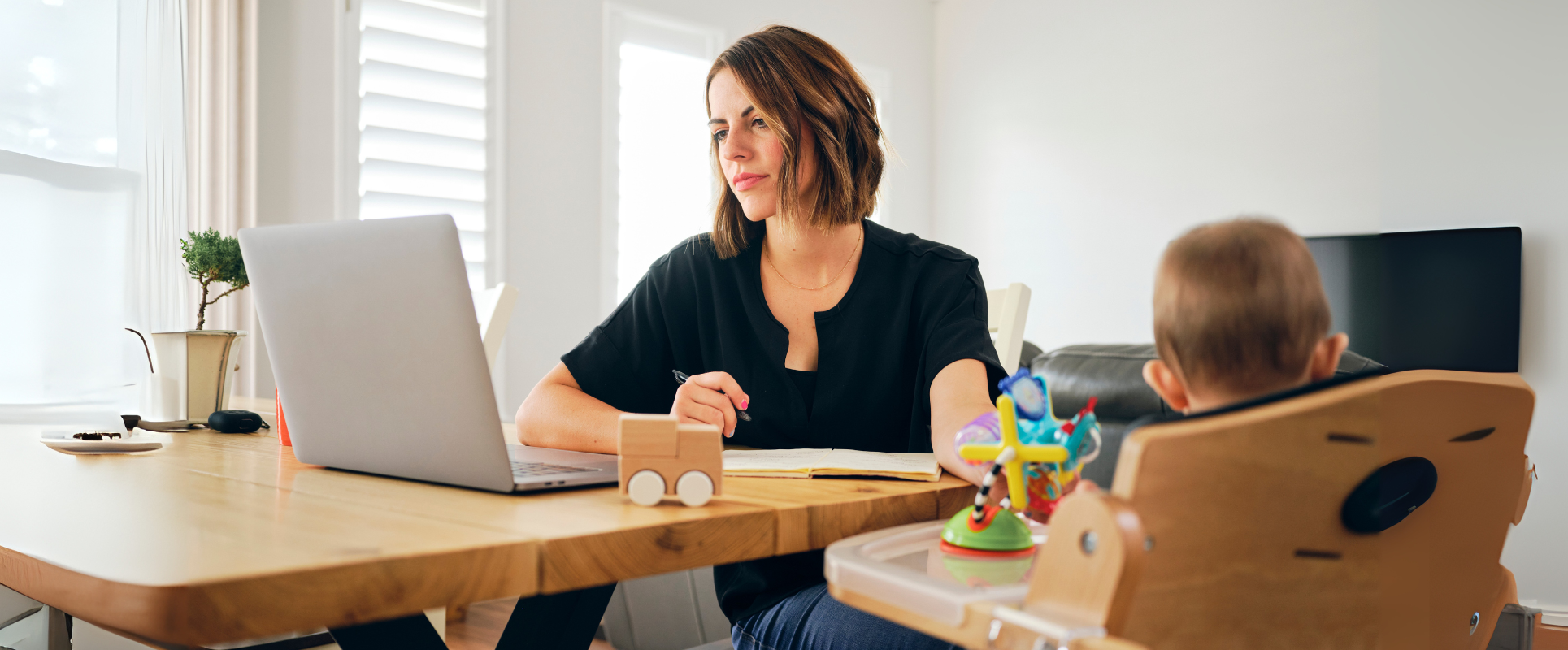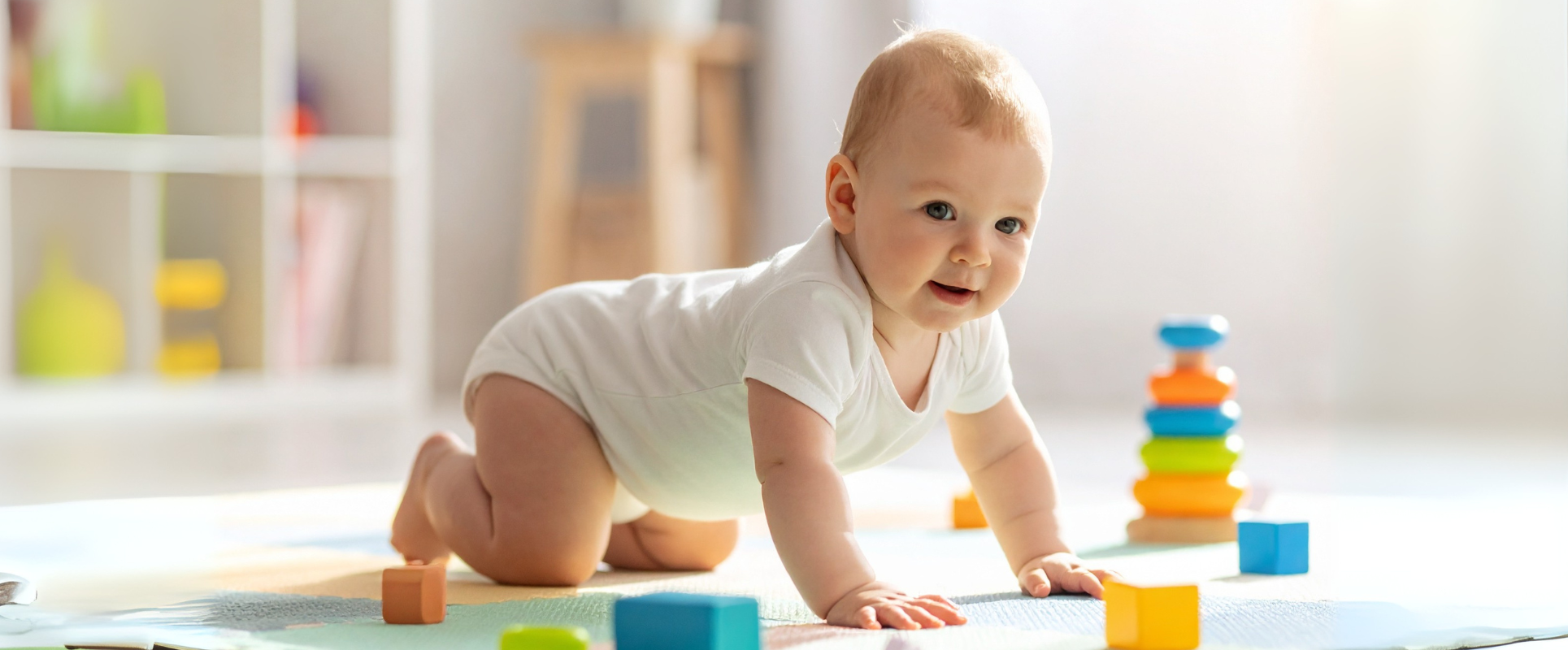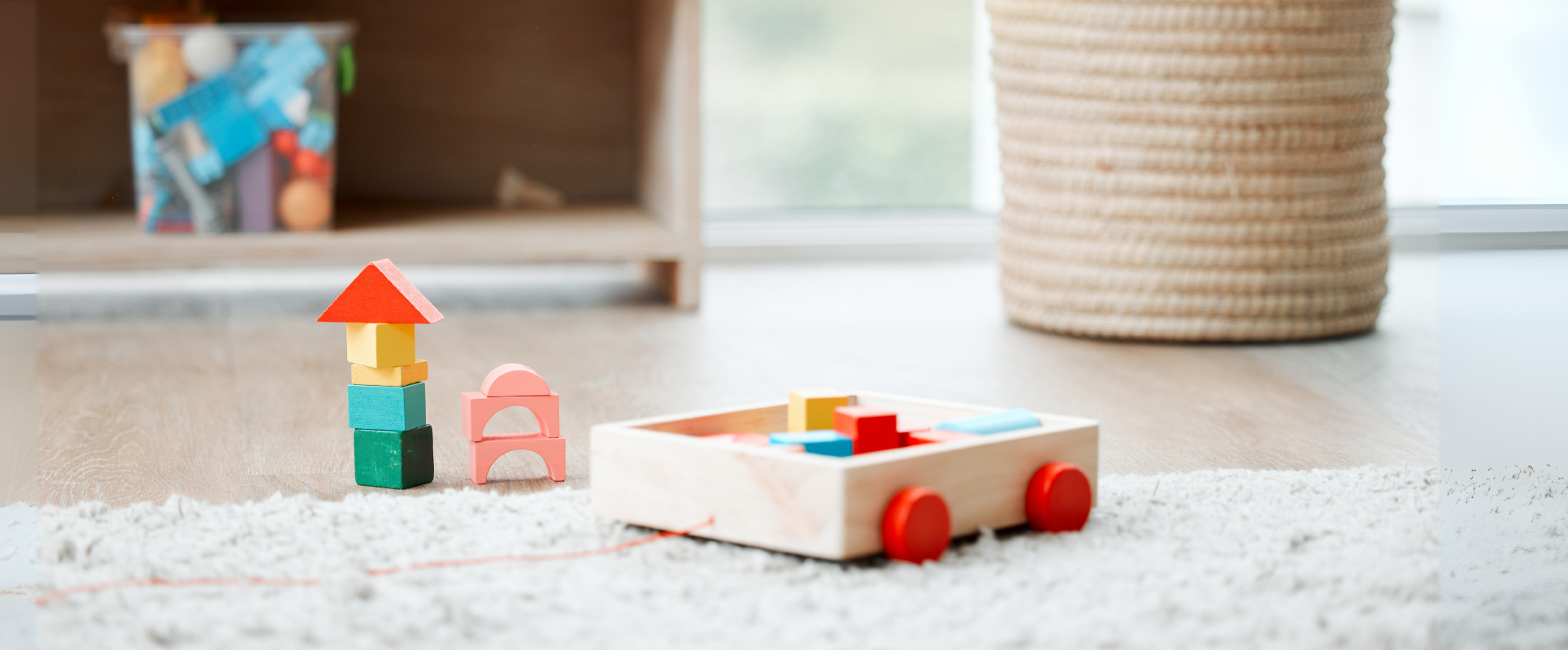
Play with Your Child: How to Turn Playtime into a Skill-Building Lesson
Parents often hear the advice: “Spend quality time playing with your child.” But what if every playful moment could also nurture essential skills—emotional, social, cognitive and physical? Play is not just about fun. For babies and young children, it is the foundation of learning and development. In this article, we’ll explore how to transform everyday play into meaningful lessons that help your child grow, while also creating lasting family bonds.
Why Play Matters for Child Development
Play is a child’s natural language of learning. According to the American Academy of Pediatrics, play contributes to brain development, emotional resilience, problem-solving skills, and creativity. It’s more than entertainment—it’s how children practice real-life scenarios in a safe environment.
Key benefits include:
-
Cognitive development: Games like puzzles, building blocks or pretend play encourage memory, focus and logical thinking.
-
Social skills: Playing with parents, siblings or friends teaches communication, cooperation, and empathy.
-
Emotional growth: Role-playing helps children express feelings, cope with stress, and understand others’ perspectives.
-
Motor skills: Physical play—such as dancing, running or ball games—builds balance, strength and coordination.
Turning Everyday Play into Learning Opportunities
The good news is you don’t need fancy toys or structured lessons to make play educational. Everyday activities can become powerful skill-building tools when guided with intention.
1. Pretend Play: Building Imagination and Empathy
Children love to act out scenarios—playing house, doctor or shopkeeper. This type of play teaches them to see the world from different perspectives.
-
Tip: Join their role-play. Ask questions like “What does the patient need today?” or “How should we cook this meal?”
-
Skills learned: Communication, creativity, empathy and problem-solving.
2. Storytelling and Reading Together
Reading aloud or inventing stories during play enhances language and literacy skills.
-
Tip: Pause during the story and let your child guess what happens next. Encourage them to add characters or endings.
-
Skills learned: Vocabulary, memory, sequencing, and emotional understanding.
3. Music and Movement Games
Songs with actions—like clapping, jumping or dancing—support rhythm, listening skills and body coordination.
-
Tip: Use simple household items (pots, spoons) as instruments to create rhythms.
-
Skills learned: Motor coordination, auditory processing and self-expression.
4. Building and Construction Play
Blocks, LEGO®, or household items like cups can become towers, bridges or entire cities.
-
Tip: Challenge your child with prompts like “Can you build something taller than me?” or “How can we make this bridge stronger?”
-
Skills learned: STEM concepts, critical thinking, creativity and spatial awareness.
5. Outdoor Play and Nature Exploration
Nature provides an endless classroom—rocks, leaves, insects and the sky all spark curiosity.
-
Tip: Turn walks into scavenger hunts: “Can you find something round? Something soft? Something yellow?”
-
Skills learned: Observation, scientific thinking, gross motor skills and environmental awareness.
6. Problem-Solving Games
Simple games like puzzles, treasure hunts, or riddles teach persistence and critical thinking.
-
Tip: Resist solving challenges for your child right away. Instead, guide them with hints.
-
Skills learned: Patience, logical reasoning, and independence.
How Parents Can Guide Play Without Taking Over
While structured play is valuable, children learn best when they lead. Parents should see themselves as facilitators rather than directors. Here’s how:
-
Follow your child’s lead: Let them choose the game and direction, then build on their ideas.
-
Ask open-ended questions: Replace “yes/no” questions with “What do you think will happen if…?”
-
Balance guidance and freedom: Offer gentle support but allow mistakes and problem-solving.
-
Celebrate effort, not perfection: Praise creativity, persistence and curiosity.
Balancing Digital Play with Real-World Learning
Screens can be educational when used mindfully, but nothing replaces hands-on play.
-
Tip: Use apps or digital games as a springboard. For example, if your child plays a cooking game, follow it up by cooking a real meal together.
-
Rule of thumb: The American Academy of Pediatrics recommends limiting screen use for children under 5 and ensuring content is age-appropriate.
Sustainable and Safe Play Choices
When choosing toys and activities, consider:
-
Natural materials: Wooden or fabric toys are safer and more eco-friendly than plastic.
-
Non-toxic products: Always check safety labels to avoid harmful chemicals.
-
Minimalism over excess: Fewer toys encourage creativity, as children find new ways to use what they have.
-
Shared values: Playtime is also a chance to teach kindness, sustainability and empathy through storytelling and action.
Conclusion
Play is more than just fun—it’s a lifelong learning process. Every building block, role-play scenario or nature walk is an opportunity to nurture your child’s growth. By intentionally guiding play while giving children the freedom to explore, parents can transform everyday moments into powerful life lessons.







